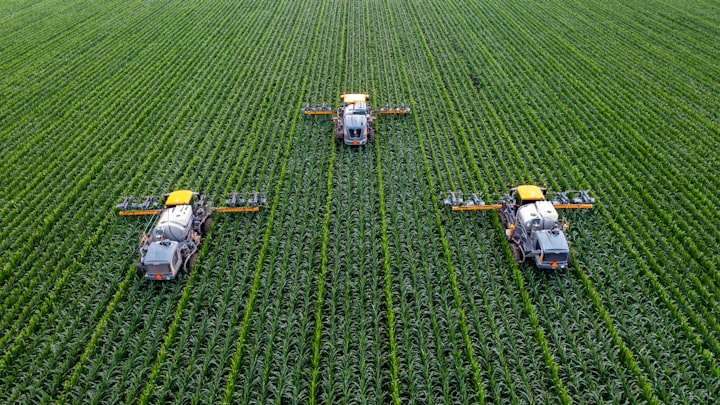Scope 3 Emissions and Circularity: A Foundation for Sustainable Business
Exploring the intrinsic link between Scope 3 emissions and the circular economy, this article delves into how businesses can holistically reduce their carbon footprint. By reimagining consumption and production, companies can drive sustainable growth and make a tangible impact on the environment.

The global push towards sustainability has brought two crucial concepts to the forefront: Scope 3 emissions and the circular economy. While they might seem distinct, they are intrinsically linked, offering businesses a holistic approach to reduce their carbon footprint and drive sustainable growth.
Scope 3 Emissions: Beyond Direct Impact
Scope 3 emissions encompass all indirect emissions that occur in a company's value chain, excluding direct operations. This includes emissions from purchased goods, transportation, and even the end-of-life treatment of sold products. Given their expansive nature, Scope 3 emissions often account for the largest portion of a company's carbon footprint.
The Circular Economy: Rethinking Consumption and Production
The circular economy challenges the traditional 'take-make-dispose' model, advocating for a system where resources are reused, recycled, and regenerated. This approach not only reduces waste but also minimizes the need for extracting new resources, leading to a significant reduction in associated greenhouse gas emissions.
Bridging the Gap with Circularity
The Ellen MacArthur Foundation's report highlights the potential of circular strategies to reduce CO2 emissions by up to 45% by 2050. By focusing on key sectors like steel, plastics, aluminium, cement, and food, businesses can integrate circular practices to directly impact their Scope 3 emissions:
- Steel: Prioritizing the use of scrap steel and enhancing recycling processes.
- Plastics: Designing products for longevity, increasing recycling rates, and exploring alternative materials.
- Aluminium: Emphasizing recycling to save energy and reduce emissions.
- Cement: Incorporating alternative materials and optimizing production for efficiency.
- Food: Adopting regenerative agricultural practices, minimizing food waste, and promoting plant-based diets.
The Business Case for Circularity
Beyond environmental benefits, embracing circularity offers tangible business advantages:
- Economic Growth: The circular economy can unlock new revenue streams, reduce costs, and drive innovation.
- Resilience: Businesses can mitigate risks associated with resource scarcity and price volatility.
- Regulatory Compliance: With increasing regulations around emissions and waste, circular practices ensure businesses stay ahead of the curve.
Conclusion
As businesses grapple with the challenge of reducing their Scope 3 emissions, the circular economy offers a viable path forward. By rethinking how products are designed, used, and disposed of, companies can not only reduce their carbon footprint but also drive sustainable growth in an increasingly resource-constrained world.
References:




Comments ()